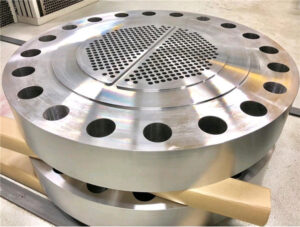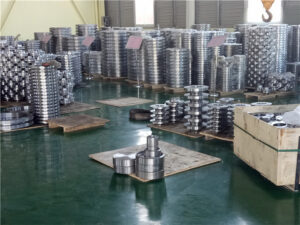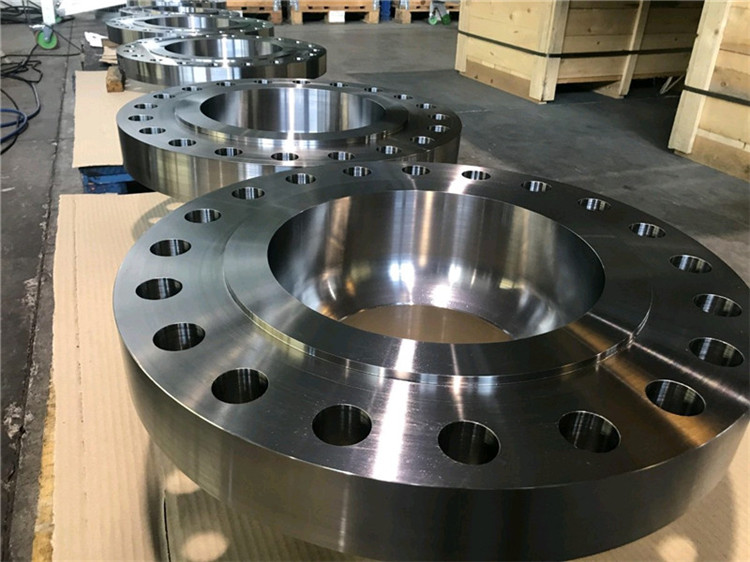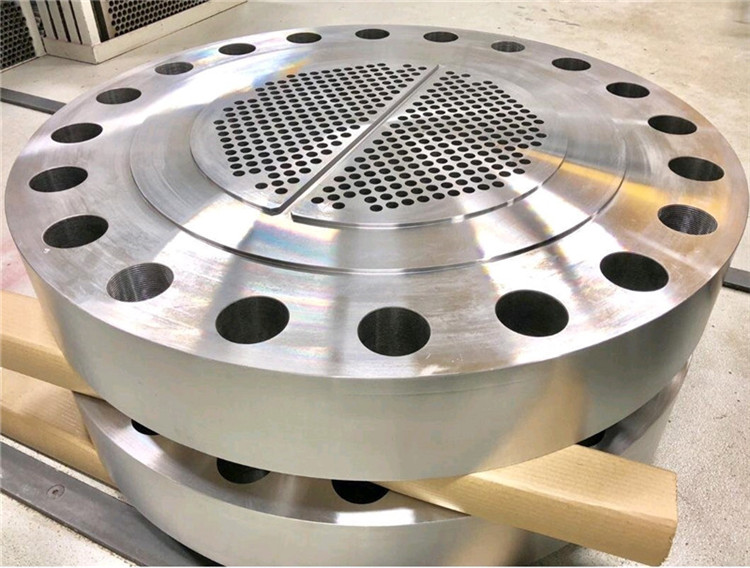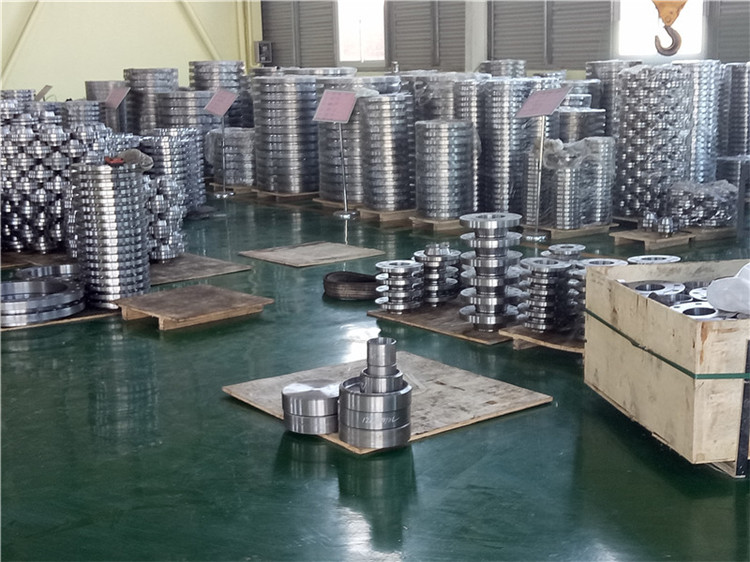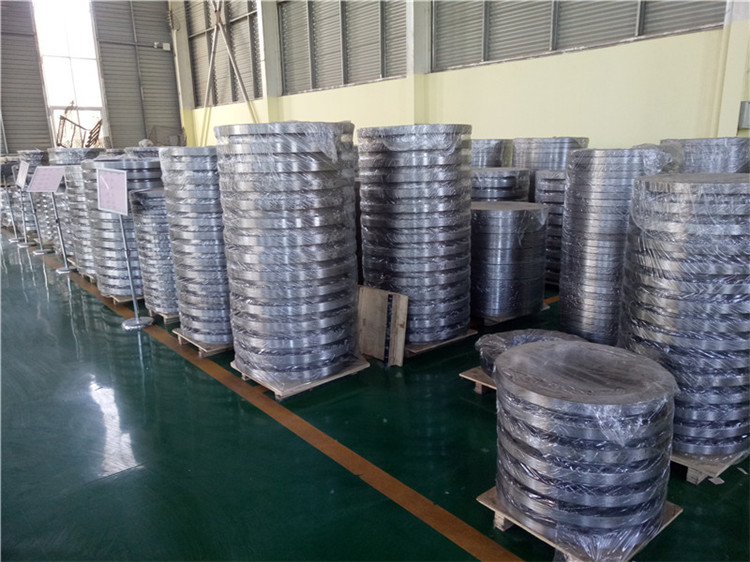Four major pipelines:
1: Main steam pipeline (two high-temperature and high-pressure steam pipelines between the superheater outlet header and the high-pressure main steam valve interface);
2: Hot reheat steam pipeline (two high-temperature and high-pressure steam pipelines from the reheater outlet header to the medium-pressure main steam valve interface);
3: Cold reheat steam pipeline (two high-temperature and high-pressure steam pipelines between the high-pressure cylinder exhaust port and the reheater inlet header interface);
4: High-pressure feed water pipeline (high-pressure boiler feed water pipeline between the electric feed water pump outlet and the economizer inlet header interface)
The four major pipelines refer to the main steam pipeline, reheat hot section steam pipeline, reheat cold section steam pipeline and main feed water pipeline in the high-temperature and high-pressure steam-water pipeline.
Factory prefabrication is to decompose the power station pipeline design drawings provided by the design institute in detail according to the relevant standards and regulations for the construction of thermal power plants, and use the advantages of equipment, technology, and process (bending, groove processing, welding, heat treatment, marking, cleaning, painting, protection, and testing) in the pipeline factory to carry out piping. The model of factory prefabrication of pipelines has been widely used in power plant construction and has shown many benefits.
The focus of factory prefabrication of pipelines is on pipe bending: a large number of standard elbows are used in the layout design of power pipelines, and welds need to be set at both ends of the elbows. Therefore, the number of welds is large, the welding construction and inspection costs are high, and the construction period is long. In particular, the in-service inspection after the operation of the power station consumes a lot of manpower and material resources. Moreover, standard elbows have almost no straight sections. When welding, the weld is located at the arc starting point, which is the point where fluid scouring and alternating stress are the most severe. The weld is set here, which causes a greater safety hazard. Therefore, using elbows to replace elbows has become a consensus among more and more people in the industry.
The four major power pipelines are high-pressure thick-walled pipes, and the traditional bending processes are mostly hot bending and press bending. Hot bending is to use medium and high frequency power sources to locally inductively heat the circumference of the pipe material to above the phase change temperature, and then bend the pipe material along the preset track under the action of external force into a pipe with a certain curvature radius and angle. The disadvantages of this process are slow heating speed, uneven temperature rise of inner and outer walls, poor temperature control, oxide layer on the tube surface, and easy change of metallographic structure of the material or even overburning, which reduces the mechanical properties of the material. It also consumes a lot of energy, causes pollution and has low efficiency. Press bending is the process of the hydraulic press pressing the pipe material through the upper die to make the pipe material plastically deformed and obtain a bend similar to the shape of the lower die. The arc bent by this simply supported beam principle is not a standard arc, so it is difficult to accurately control and measure the bending radius. During the pressing process, the inner arc side of the pipe material is compressed and the outer arc side is pulled. Without compensation measures, the thinning amount of the pulled surface is difficult to control. At the same time, the lower die cannot limit the out-of-round deformation of the pipe material during the pressing process, so the out-of-roundness is also difficult to control.
With the development of the power industry, the specifications of the main steam pipelines of supercritical and ultra-supercritical units have reached ID425X 129, and the specifications of the main pipes of the reheating hot section have reached ID883X72, and the materials are: ASTM, A335, P92. The defects of traditional hot bending technology are becoming more and more obvious: as the pipe wall thickness increases, especially when it exceeds 10mm, the temperature difference between the inner and outer walls of the pipe during the bending process is too large, making it difficult to meet production requirements; press bending has higher requirements for hydraulic equipment and it is difficult to ensure the quality of the bent pipes, which brings huge challenges to the power pipe industry.



